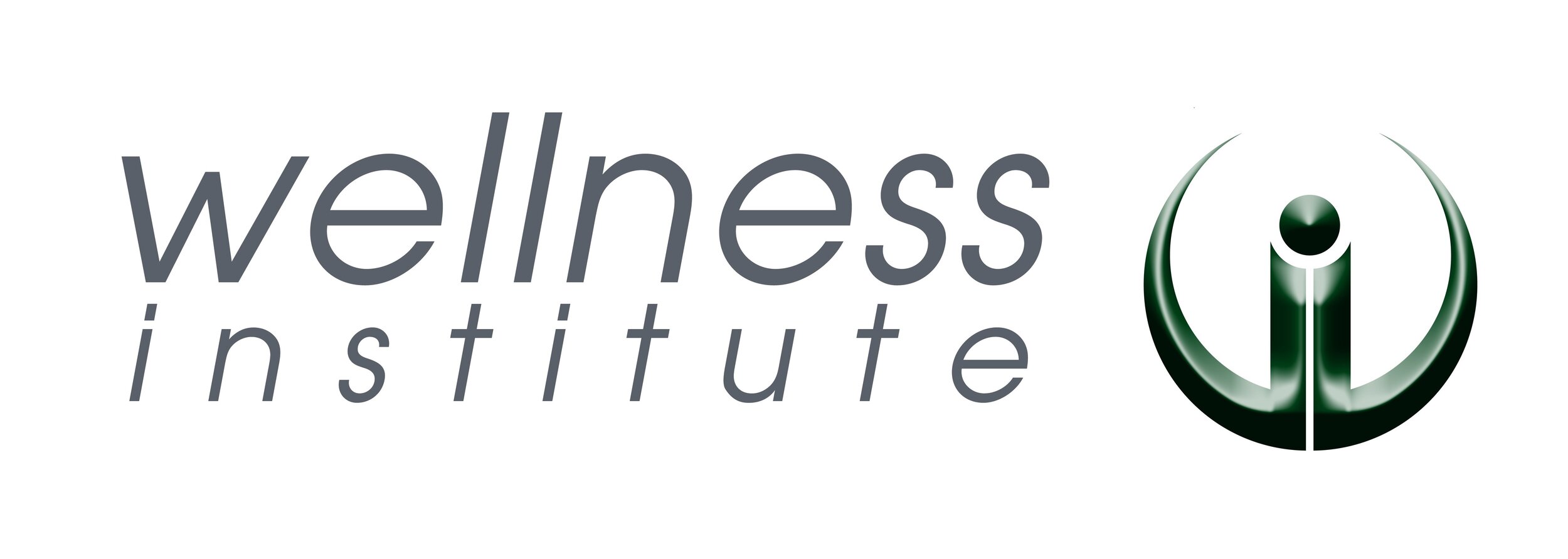Pelvic Health Rehab
Incontinence of Bowel or Bladder
Urinary incontinence (UI) affects a large portion of the population and often goes untreated because people are uncomfortable talking about it, and many doctors do not ask about it. UI can start at any age, but often begins after one gives birth. As humans age, our muscles, ligaments and connective tissue can weaken and deteriorate. Muscles of the pelvic floor are no different; when these muscles weaken to the point of no longer holding organs and waste properly in place within our bodies, the result is pelvic floor dysfunction which may include incontinence. UI is also prevalent in men following prostate surgeries, which are on the rise as baby boomers enter the golden years.
Many people struggle with bowel incontinence which inhibits your life even more than UI as it is harder to hide. This can come about from any pelvic floor dysfunction but is often seen in women 30-40 years after giving birth in particular if forceps were used to assist in the birthing process.
Physical therapy by a specialized PT can assist you in retraining these muscles whether you have urinary or bowel incontinence.
Pelvic Pain and Painful Intercourse
Men and women both may be forced to deal with pelvic pain as a result of surgical scars, old endometrial adhesions, or asymmetry/malalignment of the pelvis. Asymmetry of the pelvis can result from orthopedic weaknesses, muscle restrictions, or from old sports injuries. All of this could lead to pain while sitting, standing or during sexual activity.
pregnancy and Postpartum Therapy
Pregnancy is a wonderful and sometimes frustrating experience. As a woman's body grows and changes to accommodate her baby, the stresses and strains on muscle and joints change and can result in pain and instability. Physical therapy treatments can improve or eliminate pains that occur during and after pregnancy. Some of the most common pregnancy complaints include: back pain, pelvic pain, diastasis recti, urinary incontinence, and fatigue. Physical therapists can also provide advise for labor and delivery positions and techniques to help minimize perineal trauma and reduce pelvic girdle injury. Following delivery, physical therapists can create a safe program to guide you back to the activities you love.
Scar tissue Release
Old scars from abdominal surgeries often lead to pain and restrictions of other soft tissue including muscles. Old scars especially done years ago before surgical techniques were improved are often very large. They may become stuck to underlying tissue and result in pain. Even the lack of visible scars today such as with a vaginal hysterectomy or robotic prostate surgery still leave adhesions underneath your skin where the actual cutting or removal of tissue took place. This can lead to a pulling sensation or discomfort in the region. Helping release these scars and adhesions that are stuck to your muscles can help reduce or eliminate your pain.
Constipation
Constipation is one of the most common diagnoses of the ER and in the doctor’s office. Many people benefit from PT used to help mobilize the colon and surrounding tissues involved. IBS, colitis and other inflammatory diseases also benefit from this same treatment. Believe it or not, many times when someone struggles to pass stool, the body has forgotten how to use the muscles that work to evacuate the bowel. You may actually be tightening pelvic floor muscles instead of relaxing the ones that need to open in order to defecate. Our diet, activity level and fluid intake all influence our bowels and can contribute to constipation. We will educate you on motility techniques, general mobility, and diet to assist you in solving this most uncomfortable issue.


